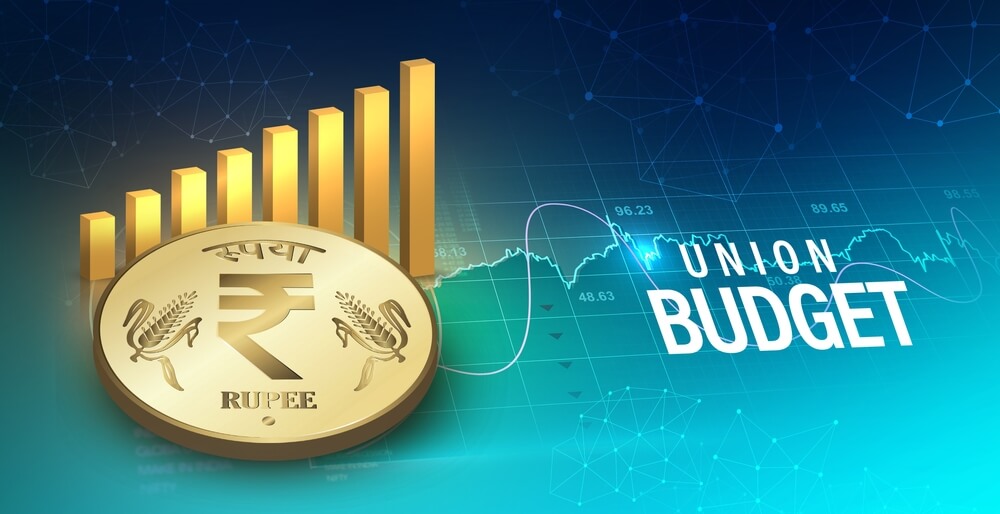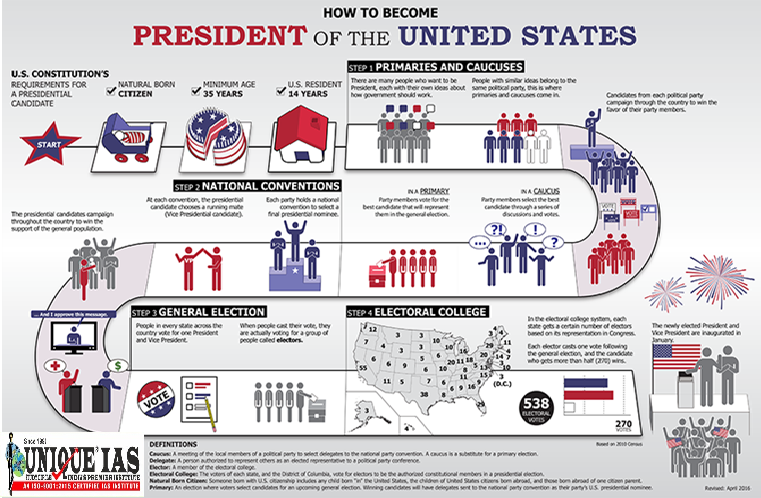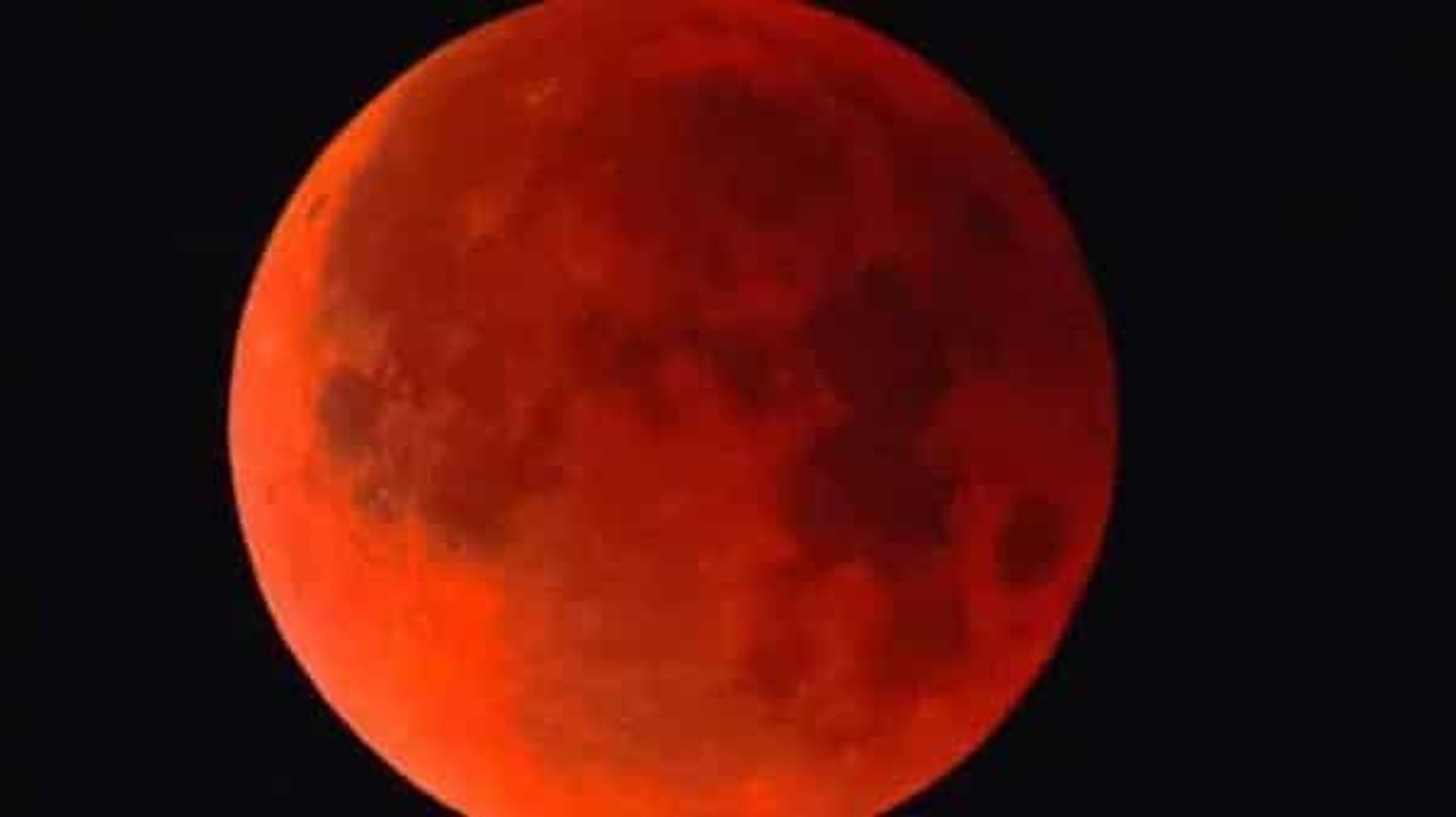UNION BUDGET 2023-2024
Why in News? :
The Finance Minister of India introduced the last full-fledged Union Budget (for 2023-24) before the Lok Sabha elections of 2024.
Constitutional Provisions regarding Budget:
According to Article 112 of the Indian Constitution, the Union Budget of a year is referred to as the Annual Financial Statement (AFS).
It is a statement of the estimated receipts and expenditure of the Government in a Financial Year (which begins on 1st April of the current year and ends on 31st March of the following year).
Budget contains:Estimates of revenue and capital receipts,
Ways and means to raise the revenue,
Estimates of expenditure,
Details of the actual receipts and expenditure of the closing financial year and the reasons for any deficit/surplus in that year, and
The economic and financial policy of the coming year, i.e., taxation proposals, prospects of revenue, spending programme and introduction of new schemes/projects.
Six stages of Budget-
Presentation of Budget
General discussion
Scrutiny by Departmental Committees
Voting on Demands for Grants
Passing an Appropriation Bill
Passing of Finance Bill
The Budget Division of the Department of Economic Affairs in the Ministry of Finance is the nodal body responsible for preparing the Budget.
The first Budget of Independent India was presented in 1947.
|
Annual Financial Statement- |
||||
|
Revenue Budget |
Capital Budget |
|||
|
Revenue Receipts |
Revenue Expenditure |
Capital Receipts |
Capital Expenditure |
|
|
Tax receipts |
Non-tax receipts |
|||
|
Direct and Indirect taxes |
PSU profits, interest or loans received, etc. |
Subsidies, salaries, pensions, interest payments, etc. |
Disinvestment proceeds, Borrowings, Recovery of past loans, etc. |
Expenditure on infrastructure, asset creation, loans to states, etc. |
Types of Deficits in the BUDGET-
|
Types of Deficits |
Description |
|
Budget Deficit |
Difference between total expenditure and total receipts. |
|
Fiscal Deficit |
Total expenditure – (Revenue receipts + Capital receipts which are non- debt imposing) |
|
Revenue Deficit |
Difference between revenue expenditure and revenue receipts. |
|
Primary Deficit |
The part of the Fiscal Deficit that excludes interest payment amount. |
|
Effective Revenue Deficit |
Revenue Deficit – Grants for the creation of capital assets |
The economic growth is estimated at 7%, which is the highest among all major economies, despite the massive global slowdown caused by COVID-19 and Russia-Ukraine War.
G20 Presidency: With the theme of ‘VasudhaivaKutumbakam’, India is steering an ambitious, people-centric agenda to address global challenges and facilitate sustainable economic development.
Amrit Kaal:
The Finance Minister of India called it the first Budget in Amrit Kaal. The vision for the Amrit Kaal is an empowered and inclusive economy that is technology-driven and knowledge-based with a robust financial sector.




.jpg)
.jpg)
.jpg)
.jpg)
.jpg)

.jpg)



